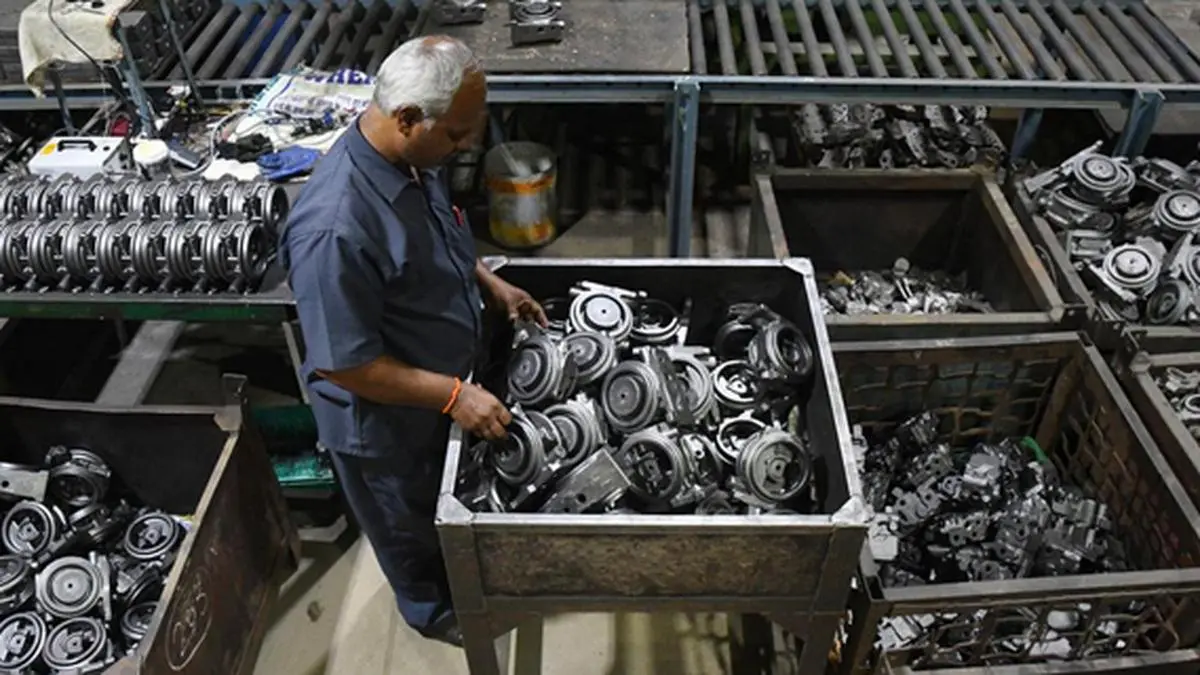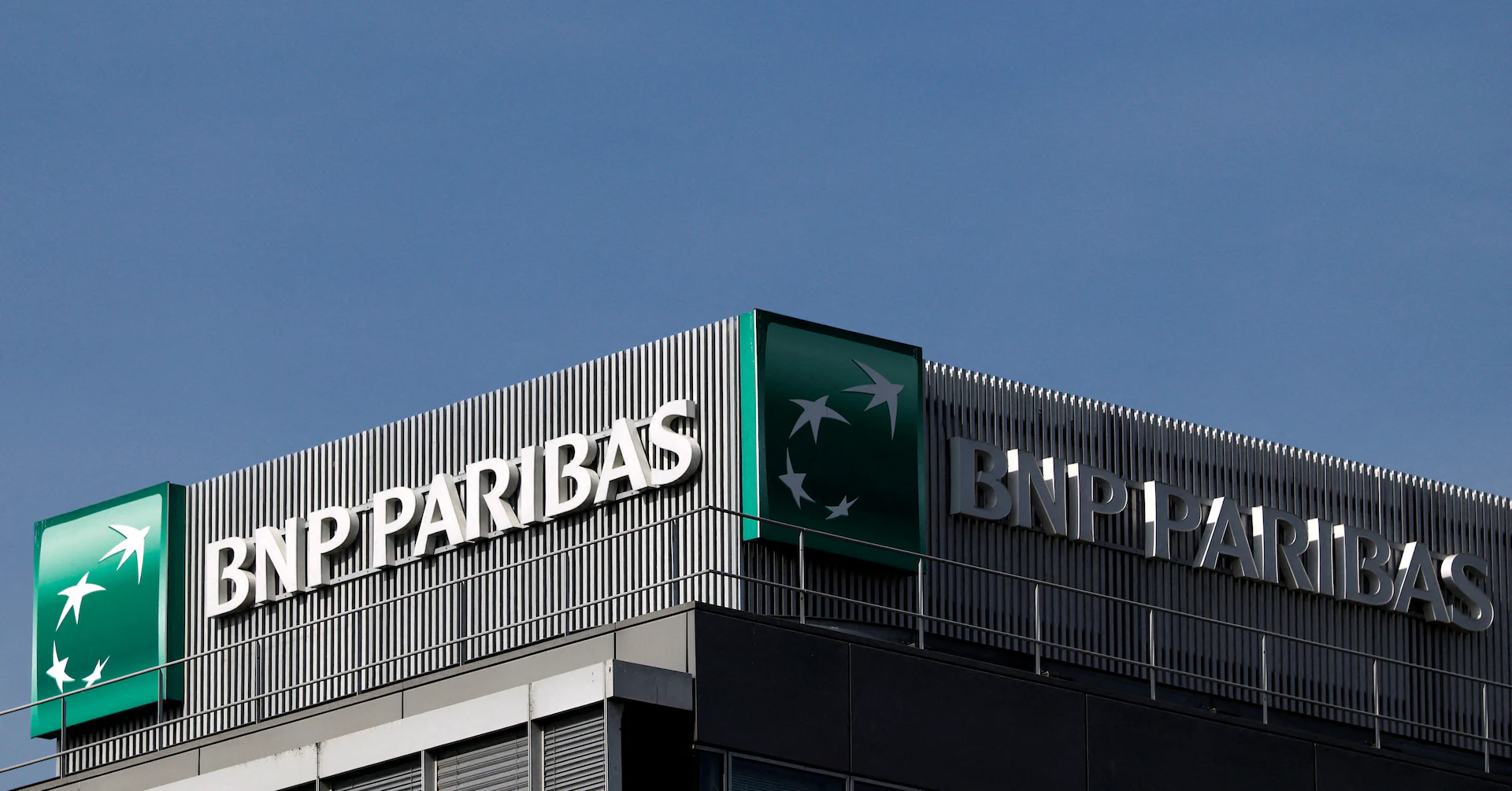Copyright thehindubusinessline

The stock of auto parts supplier Lumax Auto Technologies (LATL) is up more than 120 per cent over the last year, reflecting strong earnings growth and the company’s long-term plans. It now trades at a discount of just 14 per cent from its all-time high of about ₹1,340, recorded late September. Over the last three years (FY22-25), revenue and profit have grown at compounded rates of 34 per cent and 37 per cent, driven both by organic and inorganic expansion. Of the many acquisitions, IAC International Automotive India (IAC India) deserves a mention, as its revenue accounts for 33 per cent of consolidated sales (as of FY25). Going forward, the management has plans to grow revenue to ₹11,000 crore by FY31 from about ₹3,700 crore as of FY25, to be materialised both by organic and inorganic means. Factoring this, the stock now trades at a trailing PE of 42x, significantly at a premium to its five-year average of 24x. While drivers to revenue, margin and earnings expansion do exist, achieving the said targets would not be an absolute smooth ride. The factors behind are discussed later. The stock trades at 32x the likely EPS for FY26. Given the risk factors, at 15 per cent below current levels, LATL gives reasonable comfort, balancing both risks and reward. Hence, investors with a long-term perspective can accumulate the stock on dips, in small quantities, while closely watching the risk factors. What it does LATL is a prominent supplier of auto components to a diversified clientele of OEMs in India. Valued at about ₹8,000 crore by market cap, the company makes about ₹3,700 crore in revenue (FY25). The contribution of various business divisions to revenue can be found in the chart. Under advanced plastics, LATL manufactures cockpits and consoles, door panels, lamps and air intake systems. Under structures and control systems, it makes frames, seating structures and gear shifters. Under mechatronics, it produces power window switches, telematics control unit and antennae. LATL manufactures fuel delivery kits for CNG vehicles under alternate fuels division, through its subsidiary Greenfuel Energy Solutions (Greenfuel). The list provided here is not exhaustive. The end-use-wise revenue split is as follows (per FY25): Passenger vehicles - 55 per cent, two-/three-wheelers - 25 per cent, commercial vehicles - 9 per cent and the rest from aftermarket. Key strengths LATL’s portfolio is almost entirely power-train agnostic and exports account for barely 1-3 per cent of revenue, thus immune from direct adversarial effects of tariffs. The portfolio is diversified across end-uses, which helps to dodge slowdowns in any one end-use market. Also, over the last five years, LATL has pivoted towards passenger vehicles, away from two-/three-wheelers, as content per vehicle is substantially higher for passenger vehicles. Financial highlights Between FY22 and FY25, revenue and profit have compounded at 34 per cent and 37 per cent. EBITDA margin has improved from about 10 per cent in FY22 to 13 per cent as of FY25, primarily due to better gross margin. The business is efficient in converting accounting profit to cash, with the cash flow from operations to EBITDA ratio ranging between 0.8x and 0.9x over FY23-25. The growth momentum continued in Q1 FY26 as well, with revenue and profit growing 36 per cent and 28 per cent year on year. This is partially because of the absence of earnings of certain acquired entities in Q1 FY25. Debt to equity ratio stood at 0.63x as of Q1 FY26. Growth drivers The management aims to take revenue up to ₹11,000 crore by FY31, compounding at an implied 20 per cent, with an EBITDA margin of 20 per cent by FY31. LATL does appear to have factors to drive both revenue and margin. Its order book as of Q1 FY26 stands at ₹1,500 crore and will unwind over FY26-29. This represents expected revenue recognisable every year, provided the underlying product sees start of production. For example, assume there are five new products A to E, each with annual revenue potential of ₹300 crore, thus making the ₹1,500-crore figure. If in FY26, LATL starts production (after client’s approval of the product) and supply of product A, then in each year (beginning with FY26), the company can recognise about ₹300 crore in sales, until A is phased out. The moment A’s production starts, order book will drop to ₹1,200 crore. If LATL wins an order for a new product F, annual revenue potential from F will be added to the outstanding order book. The order book will change the same way it does for new products, when new clients are onboarded. FY27 and FY28 are expected to see the most unwinding, with each accounting for about 40 per cent of ₹1,500 crore. Of this ₹1,500 crore, advanced plastics accounts for over 60 per cent (largely to be served by IAC India) and this division has better margin (15-16 per cent) than group average. The same applies to alternate fuels, which operates with a margin of about 18 per cent. With addition of products in the aftermarket division, LATL also expects aftermarket sales to grow at over 20 per cent CAGR, with 18-20 per cent margin. When such divisions scale up, they could drive both revenue and margin expansion. By FY28, LATL aims for an EBITDA margin of 16 per cent. Further, most of LATL’s acquiree-companies and joint ventures, such as Alps Alpine, Ituran, Yokowo, FAE and Jopp barely account for 1-2 per cent of group revenue each. With some yet to become EBITDA positive, these acquisitions have potential to meaningfully contribute to earnings when they scale up. Watch out for One, Mahindra & Mahindra (M&M) is the largest client, accounting for 27 per cent of FY25 revenue. It also appears that IAC India, which is set to largely serve the advanced plastics order book, would primarily supply to M&M. The company is also expected to win orders with respect to M&M’s upcoming models. In a sluggish market, while M&M’s exceptional volume growth has kept LATL’s revenue upbeat, the dependence on M&M for current revenue as well as a substantial part of advanced plastics order book, poses concentration risk. However, this could change if LATL onboards other OEMs in future orders for its advanced plastics business. Two, to reach ₹11,000-crore revenue by FY31, LATL would need about ₹1,500-2,000 crore in additional capex or acquisition budget (based on fixed assets turnover ratio in FY22-25). The management assesses that given the higher capital efficiency of incremental businesses in alternate fuels, advanced plastics and aftermarket divisions, the capex purse needed would be lower, though it doesn’t specify a figure. This will remain a show-me story. It is important because the company expects to power incremental capacity additions/ inorganic growth through a mix of internal accruals and debt. If reality defies expectations of higher capital efficiency, it could mean higher debt (over and above an already sizeable D/E ratio of 0.63x) which could dent earnings. Three, the passenger vehicle market is seeing a demand surge for now. Though this is spurred by GST cuts, discounts offered by some OEMs to clear channel inventory blur the impact. Whether GST cuts can structurally keep demand up, even in cases where OEMs raise prices to transmit inflation, remains to be seen. Investors also need to be wary of the cyclical nature of the auto industry. Published on October 25, 2025



